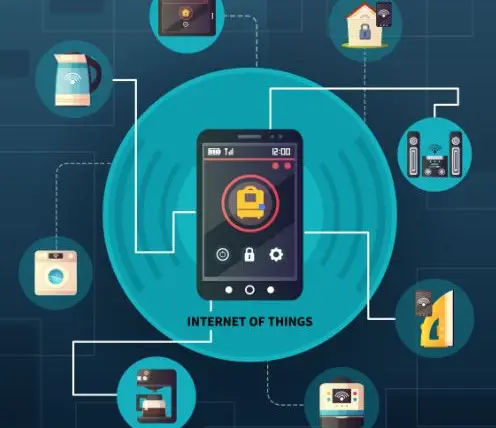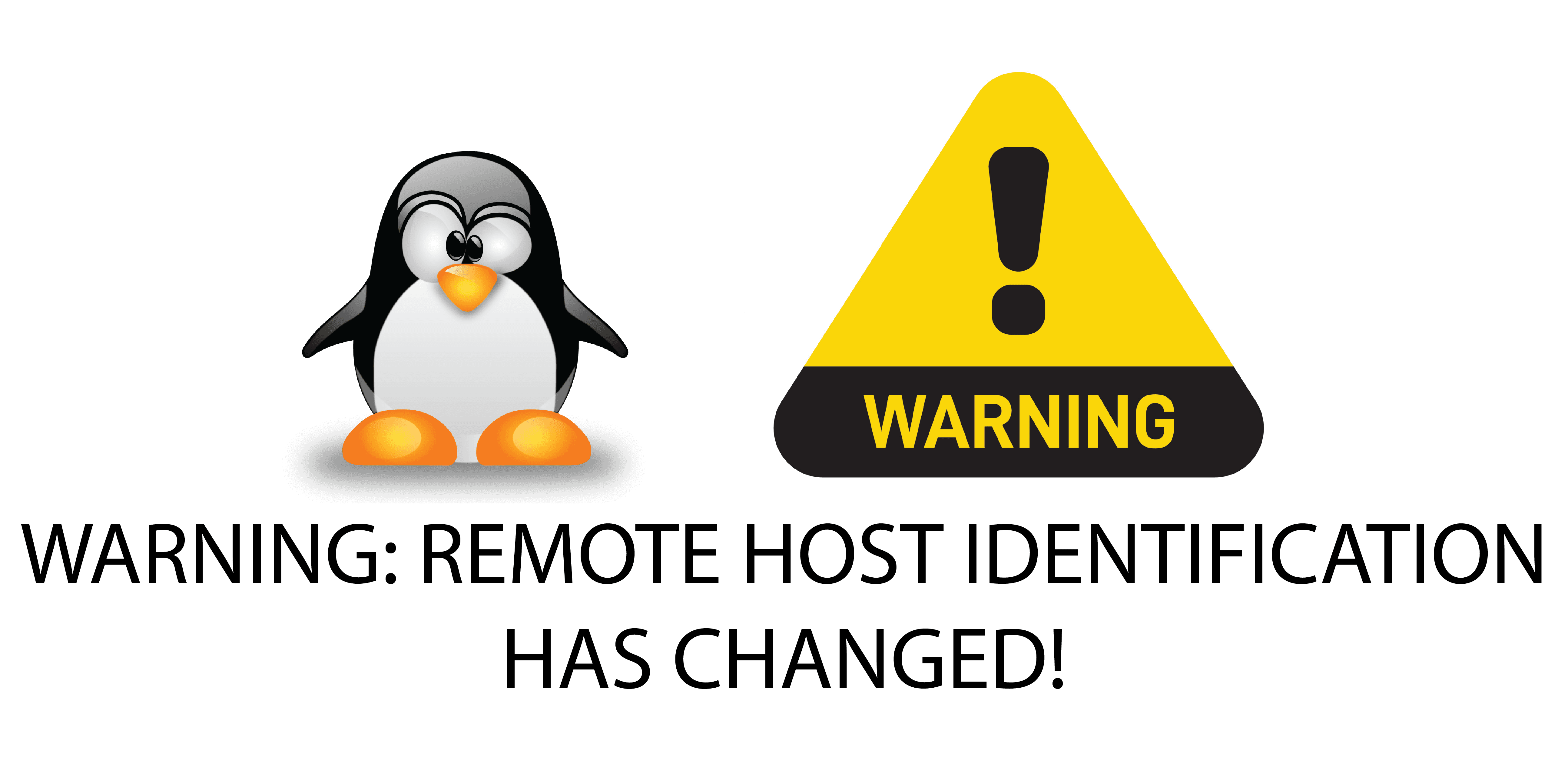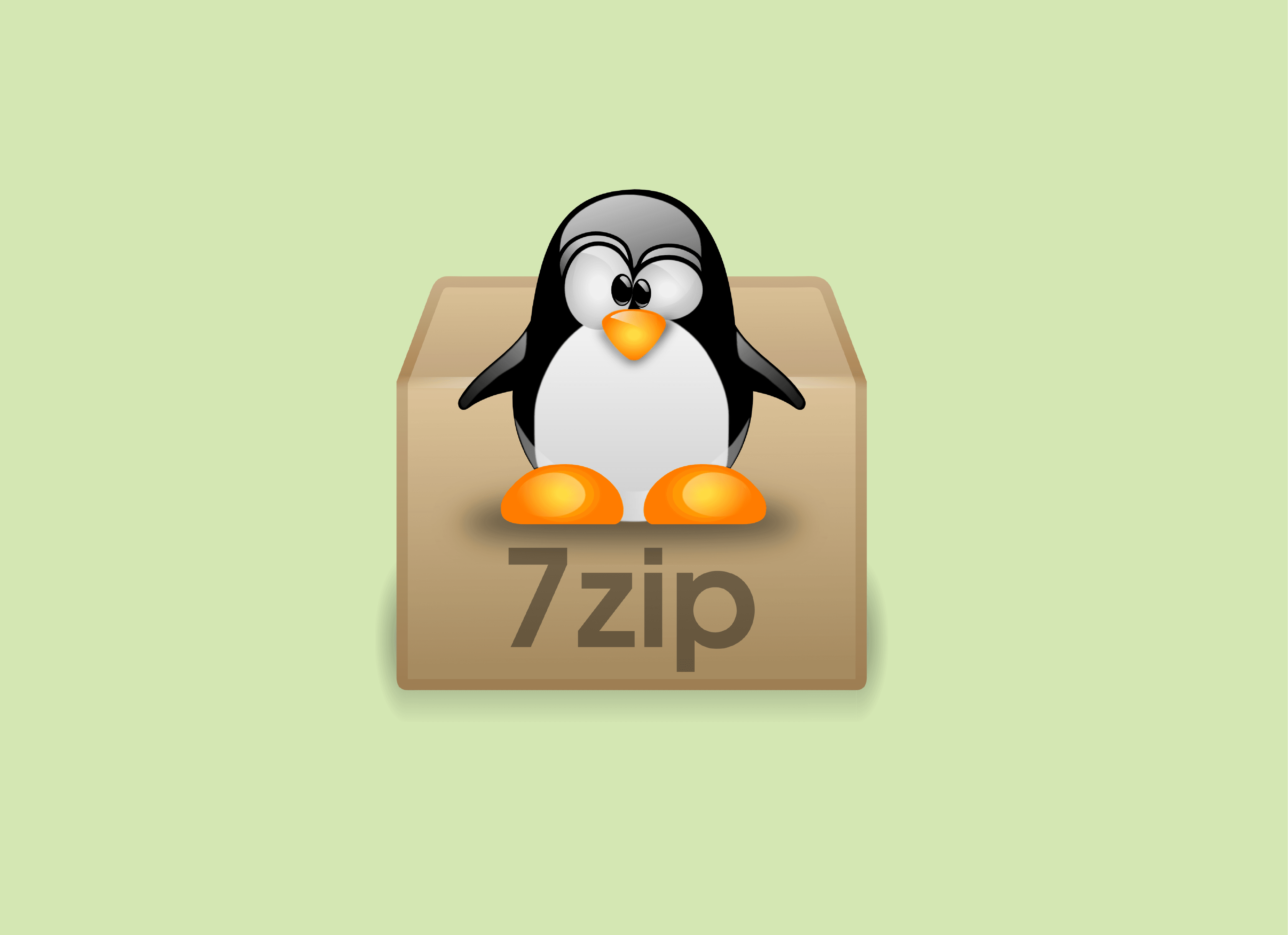Internet of Things (IoT) refers to the interconnected network of physical objects that are embedded with sensors, software, and network connectivity, allowing them to collect and exchange data. These objects, also known as « smart devices », can range from everyday household items such as thermostats and refrigerators, to industrial machines and vehicles.

Benefits of the IoT
One of the main benefits of the IoT is the ability for these smart devices to communicate and share data with each other and with central systems, allowing for greater efficiency and automation.
For example, a smart thermostat can learn a person’s schedule and adjust the temperature accordingly, saving energy and money. In a factory setting, IoT-connected machines can communicate with each other to coordinate production and identify when maintenance is needed.
In addition to increasing efficiency, the IoT also has the potential to improve safety and security. For example, smart security systems can use motion sensors and cameras to detect intrusions and alert authorities. Smart vehicles can use sensors to detect accidents and automatically call for help.
Here are some additional benefits of the Internet of Things (IoT) :
- Improved decision-making :
The vast amount of data collected by IoT devices can be analyzed to provide insights and inform decision-making. For example, a company could use data from sensors on its production line to optimize processes and identify bottlenecks.
- Greater convenience :
IoT devices can make our lives more convenient by automating tasks and providing us with information and alerts. For example, a smart door lock can allow us to remotely unlock the door for a visitor, and a smart refrigerator can send us a notification when we’re running low on a certain item.
- Enhanced customer experiences :
The IoT can be used to personalize products and services for individual customers. For example, a retail store could use data from a customer’s purchase history and location to send personalized promotions and recommendations.
- Increased efficiency :
By automating tasks and providing real-time data, the IoT can help businesses and organizations operate more efficiently. For example, a smart irrigation system can adjust watering based on real-time weather data, saving water and resources.
- Improved safety :
As mentioned before, the IoT can be used to enhance safety in various settings. For example, a smart construction site could use sensors to detect potential hazards and alert workers, and a smart home could use sensors to detect fires or gas leaks and alert authorities.
- Environmental benefits :
The IoT can be used to monitor and optimize resource usage, leading to reduced waste and a lower environmental impact. For example, a smart building could use sensors to optimize heating and cooling, reducing energy consumption.
IOT and security
However, the widespread adoption of the IoT also brings up concerns about data privacy and security. As these smart devices collect and share data, there is a risk that this information could be accessed by malicious actors. To address this concern, it is important for companies to implement strong security measures and for individuals to be aware of the data they are sharing and with whom.
How can I learn IOT
Building projects is a great way to learn about the Internet of Things (IoT) and gain practical experience working with different technologies and devices. Here are a few tips for getting started with building IoT projects :
- Start small :
It’s important to start with simple projects that allow you to get familiar with the basics of IoT before moving on to more complex projects. Some simple projects could include building a temperature sensor or a basic smart home system.
- Choose a development board :
A development board is a small computer that can be used to build and test IoT projects. Some popular options for beginners include the Raspberry Pi and Arduino. These boards come with a variety of inputs and outputs, making it easy to connect sensors and other devices.


- Choose a programming language :
There are several programming languages that can be used to build IoT projects, including Python, C++, and Java. It’s important to choose a language that you feel comfortable with, as you’ll need to write code to control and communicate with your devices.
- Gather materials :
Once you have an idea for your project, it’s time to gather the necessary materials. This could include sensors, actuators, and other hardware components, as well as any software tools you’ll need.
- Build and test :
With your materials and tools in place, it’s time to start building and testing your project. This will likely involve writing code to control the devices, as well as physically assembling and wiring the components.
- Iterate and improve :
As you work on your project, you may discover that you need to make changes or improvements. This is a normal part of the process, and it’s important to be open to making adjustments as needed.
Overall, building IoT projects is a great way to learn about the technology and gain hands-on experience working with different devices and systems. With a little patience and perseverance, you can create a wide range of interesting and innovative projects.








nmtui : Configurer une adresse IP sous Linux
Empêcher les utilisateurs sudoers d’exécuter des cmds sudo
Comment installer Nginx on Rocky Linux 9
nmap : les 12 commandes que vous devez connaître
Fail2Ban : How to protect Linux services